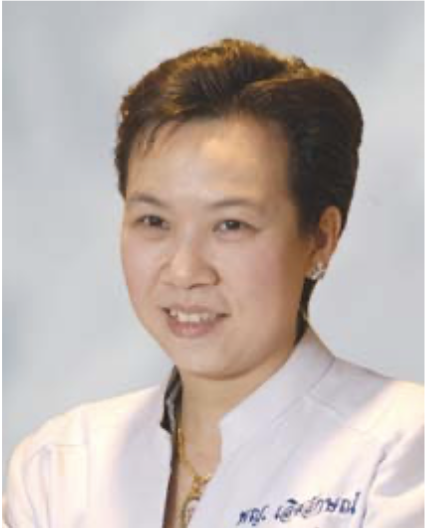The Atrial Myxoma, the Learning Model for Cardiac Tumor Assessment Using Magnetic Resonance Imaging: A Case Report
Main Article Content
Abstract
Cardiac tumor is still considered as the one of the most diffi cult conditions in cardiologyin terms of diagnosis and treatment. The atrial myxoma is a common primary benigncardiac tumor presenting in adults.1 The diagnosis of cardiac tumor always relieson the clinical examination and results obtained from the imaging tools used. Thisarticle selects the atrial myxoma as a learning model to demonstrate the assessmentof the cardiac tumor when using Magnetic Resonance Imaging (MRI) with the differenttechniques including the tissue characterization method which has already beenestablished as a key diagnostic method for the diagnosis of cardiac tumor and mass.
Article Details
This is an open access article distributed under the terms of the Creative Commons Attribution Licence, which permits unrestricted use, distribution, and reproduction in any medium, provided the original work is properly cited.
References
2. Burke AP, Cowan D, Virmani R. Primary sarcomas of the heart. Cancer 1992;69:387-95.
3. Willems SM, Wiweger M, Van Roggen JF, et al. Myxoid matrix in tumor pathology revisited: What’s in it for the pathologist? Virchows Archiv 2010;456:181-92.
4. Grebenc ML, Rosado de Christenson ML, Burke AP, et al. Primary cardiac and pericardial neoplasms: radiologicpathologic correlation. Radiographics 2000;20:1073-103.
5. Attili AK, Gebker R, Cascade PN. Radiological reasoning: Right atrial mass. AJR Am J Roentgenol 2007;188:S26-30.
6. Lone RA, Ahanger AG, Singh S, et.al. Atrial Myxoma: Trends in Management. Int J Health Sci (Qassim) 2008; 2:141-51.
7. Feinglass NG, Reeder GS, Finck SJ, et al. Myxoma of the left atrial appendage mimicking thrombus during aortic valve replacement. J Am Soc Echocardiogr 1998;11:677-9.
8. Berke A, Virmani R. Tumor of the heart and great vessel. In: Atlas of tumor pathology. Washington DC; Armed Forces Institute of Pathology,1996:1-98.
9. Bogaert J, Dymarkovski S, Taylor A, et al. Clinical Cardiac MRI. 2nd edition. Berlin, Springer, 2012.
10. Alam M, Sun I. Transesophageal echocardiographic evaluation of left atrial mass lesions. J Am Soc Echocardiogr 1991;4:323-30.
11. Peters PJ, Reinhardt S. The echocardiographic evaluation of intracardiac masses: a review. J Am Soc Echocardiogr 2006;19:230-40.
12. Sparrow PJ, Kurian JB, Jones TR, et al. MR imaging of cardiac tumor. Radiographic 2000 ;25:1255-76x Mohan U. SivananthanSearch for articles by this author.
13. Hara H, Virmani R, Ladich E, et al. Patent foramen ovale: current pathology, pathophysiology, and clinical status. J Am Coll Cardiol 2005;46:1768-76.
14. Rubin JI, Gomori JM, Grossman RI, et al. High-field MR imaging of extracranial hematomas. AJR Am J Roentgenol 1987;148:813-7.
15. Masui T, Takahashi M, Miura K, et al. Cardiac myxoma:identification of intratumoral hemorrhage and calcification on MR images. AJR Am J Roentgenol 1995;164:850-2.
16. Hoffmann U, Globits S, Schima W, et.al. Usefulness of magnetic resonance imaging of cardiac and paracardiac masses. Am J Cardiol 2003;92:890-5.

